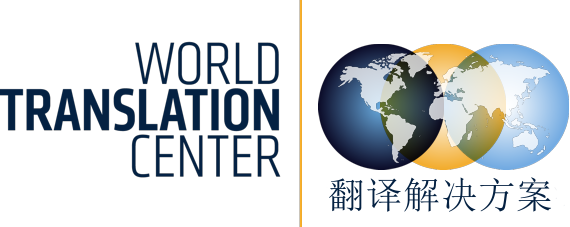WTC世界翻译中心是语言翻译和录音服务的领先提供商,聘用世界各地的专业人士为您服务。
Articles and Stories
Medical Translation and Interpretation: The Scary Truth

As someone who has worked in the medical field for several years, I know that many times physicians rely on family members or bilingual medical staff who are not certified medical interpreters for translation needs. I recently had a co-worker who spoke Spanish, he was continually asked to help with interpretation between physician and patient. He was not well versed in the translation of medical terminology and spoke up about his concerns. There are many other who probably don’t though, and aren’t qualified to do the job. Medical translation mistakes can have serious consequences and errors could be made that adversely affect the patient.
Our population continues to become more diverse which in turn leads to increased numbers of patients who may experience medical interpretation errors. According to the Agency for Healthcare Research and Quality, nearly 9% of the population could receive compromised health care due to language barriers. Medication errors and lack of informed consent were among the most common errors found. This is a huge risk for medical facilities as errors of this nature could possibly be fatal to the patient.
The U.S. census reports an increase of 158%, over past two decades, in the number of people speaking a language other than English in homes across the country. California leads the top multilingual states with over 44% of the population speaking a language outside of English. These numbers are likely to increase as time goes on.
The Joint Commission requires hospitals to provide interpretation services to those in need. Many times policy in regards to how to handle interpretation needs are overlooked due to time constraints in treating the patient and the absence of knowledge of available interpretation services. Hospitals and large healthcare practices at least have phone-based interpretation services, but larger cities have more resources and better translation programs exist. Every state has laws to protect patients needing language assistance.
Interpretation services can cost upwards of $1.50 per minute, sometimes exceeding the physician’s payment in certain cases. Hospitals spend millions of dollars annually on these services. It is projected that jobs for medical interpreters and translators will grow by 46% by the year 2022, according to the U.S. Bureau of Labor Statistics. Some hospitals contract interpreters for languages commonly spoken in their area, while others may utilize off site services.
Medical interpreters need to have a certain skill set and knowledge in order to effectively translate medical terms. Just because someone may be bilingual that does not qualify them to be a medical interpreter. Studies showed the medical interpreters who had at least 100 hours of training had fewer instances where they omitted or substituted words that may have an impact on the care of the patient.
The bottom line is that healthcare providers should be well-educated in the interpretation services that are available to them. Patients do not always know their rights and errors could be made that affect the quality of care they receive.







